A new certificate program in Montana helps hunters understand more about conservation, ethics, and respect for private land in order to gain access to more of it
Asking permission to hunt on someone’s land is a vulnerable proposition. There’s a tremendous upside for your access close to home, but it all depends on the landowner taking a bet on you, your skills, and how you’ll treat their property. And we all know that one bad actor can make this ask even more challenging for others.
That’s why a Montana non-profit with an eye toward improving sportsman-landowner relations and hunting access has created a program to certify sportsmen and women that they can vouch for with private landowners—some of whom have never opened their gates to hunters before.
“Landowners might not know what they’re going to get—it really makes a difference when someone comes to your property with an understanding of your needs, respect for your land, and respect for the wildlife,” says George Bettas, project coordinator for One Montana’s new Montana Hunter Advancement Program, which was created to promote safe, ethical, and responsible hunting on enrolled private lands through its Master Hunter certification course. “Our goal is to send out skilled, ethical hunters who landowners know they can trust, to hopefully create new opportunities on properties that have provided little to no access for hunters in the past.”
The certification program has a core curriculum with three parts: A history of conservation and hunting ethics, a section on the value of agriculture and the landowner’s perspective, and a field session for testing and improving competency with a rifle or bow. They will accept 30 applicants into the pilot course for rifle hunters this spring. The cost is $200, which covers a weekend worth of instruction, ammo, provided lunches, and facilities—but scholarships are available. Program leaders are looking for a diverse range of ages, backgrounds, and skill levels for the pilot course.
Part of the process is generating an awareness of a visiting hunter’s impact on the farm or ranch, and what kinds of activities may be happening on private land at certain times of year. Bettas hopes this will help create a bond between landowners and sportsmen, who will know enough to avoid crossing freshly seeded winter wheat or tearing up an access road with tire chains just to get closer to a downed animal. He believes more educated, ethical hunters are less likely to put themselves in danger, take a shot where they can’t recover the animal, or give up on a critical contract with the landowner—to help manage wildlife that damage crops or property.
“I’m confident that when we send the first 30 graduates out to hunt the available properties, they will be great ambassadors for hunting, and the landowners are going to want them back again,” says Bettas.
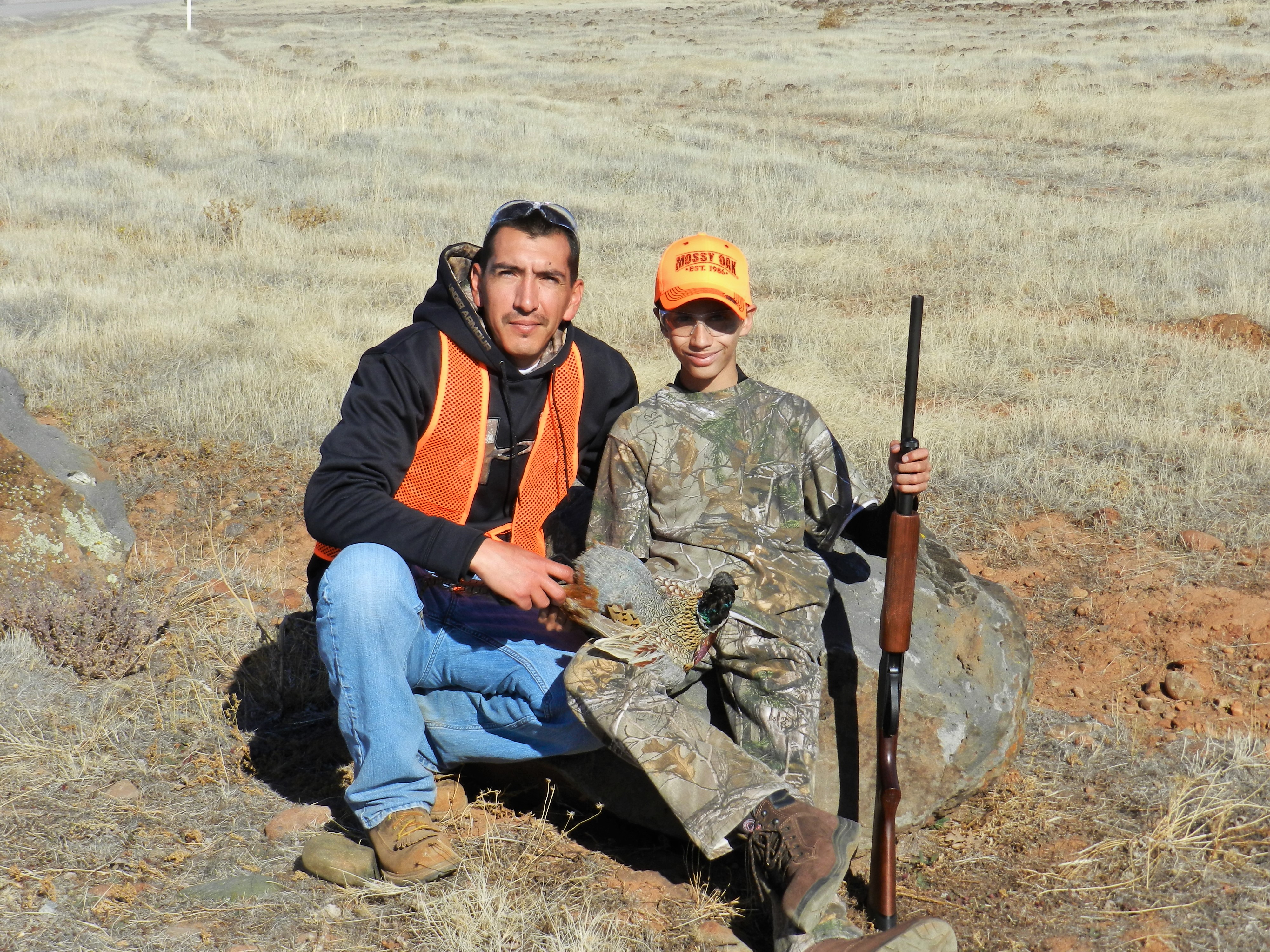
Certified Montana Master Hunters will be able to access an online reservation system for enrolled properties made possible by Huntable.com, an Airbnb-like service that allows landowners to approve certain dates and know who is going to show up when.
There has been some criticism on the group’s Facebook page about the course being “elitist,” but Bettas stresses that anyone with some hunting experience can apply and potentially receive assistance with the fee. “Overall the response has been tremendous, and we hope to eventually make some of the coursework available online for anyone who is interested,” he says.
With the decline in hunter participation and a wave of out-of-state and urban buyers taking over properties that have traditionally been open to hunting and fishing, sportsmen’s access and landowner certainty about who they are letting use their property are as critical as ever in Montana. The TRCP has been supportive of the Hunter Advancement Program and certificate course, because it enhances access, promotes conservation ideals, and helps to retain active hunters who keep the $887-billion outdoor recreation economy flourishing. And farmers and ranchers who believe the best of hunters and anglers can often have an outsize impact on the health of fish and wildlife habitat, too.
Of course, you don’t need to be certified to build a relationship of mutual respect with a private landowner. But it’s pretty cool to see this example of a solution that brings both sides together to find common ground.
Montana residents can apply for the program here until April 1. For the pilot course, just 30 rifle hunters will be selected, and scholarships are available. Visit mtmasterhunter.com for details and to watch for future courses.

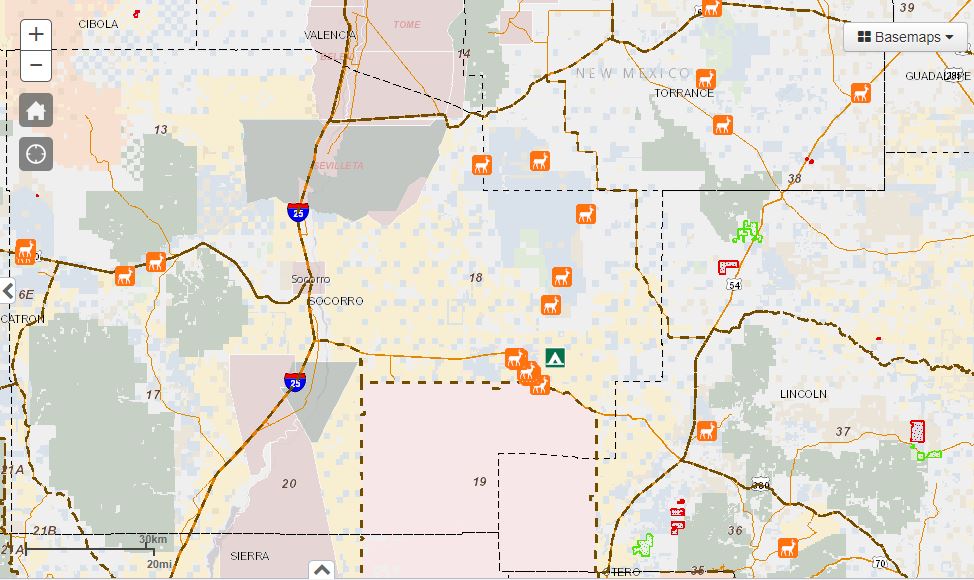


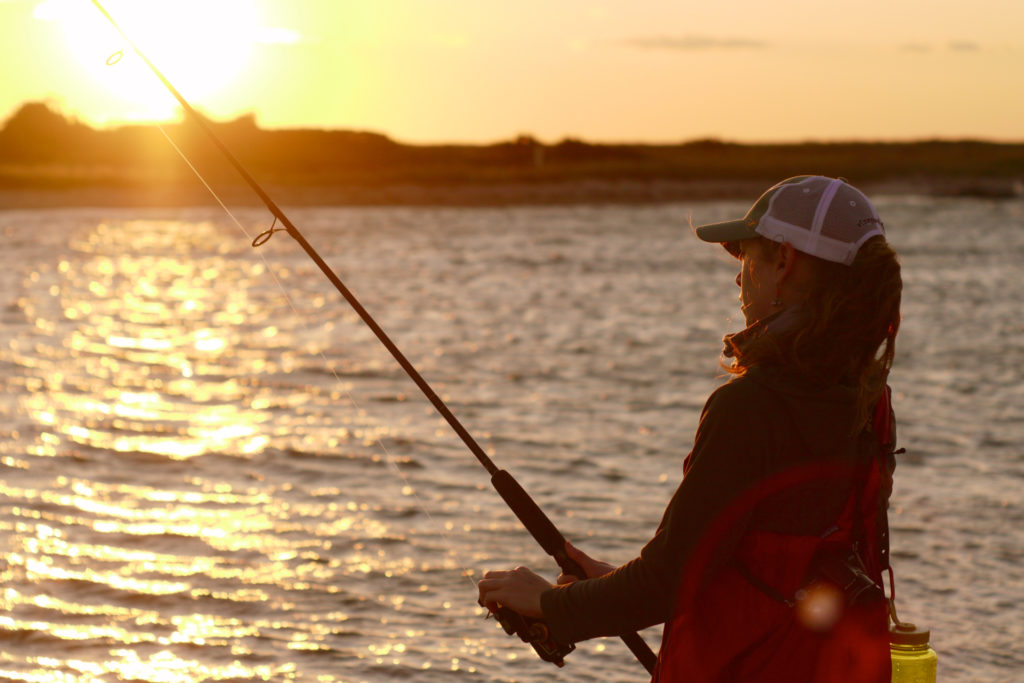
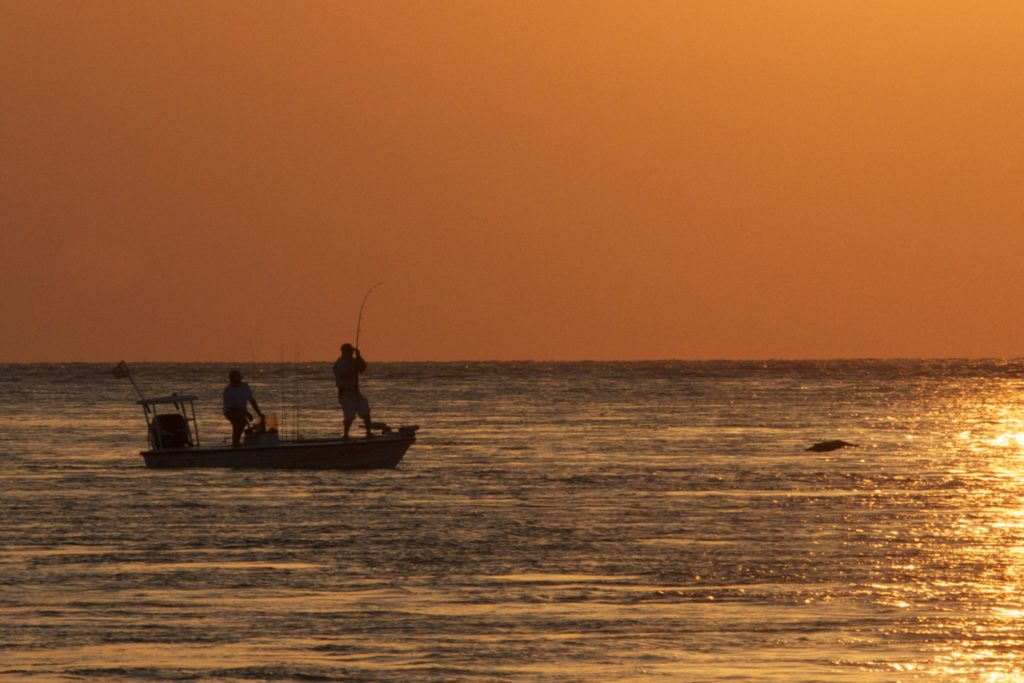
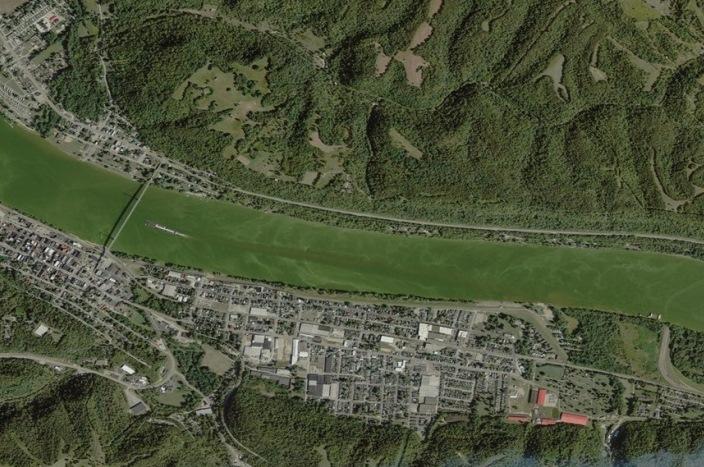
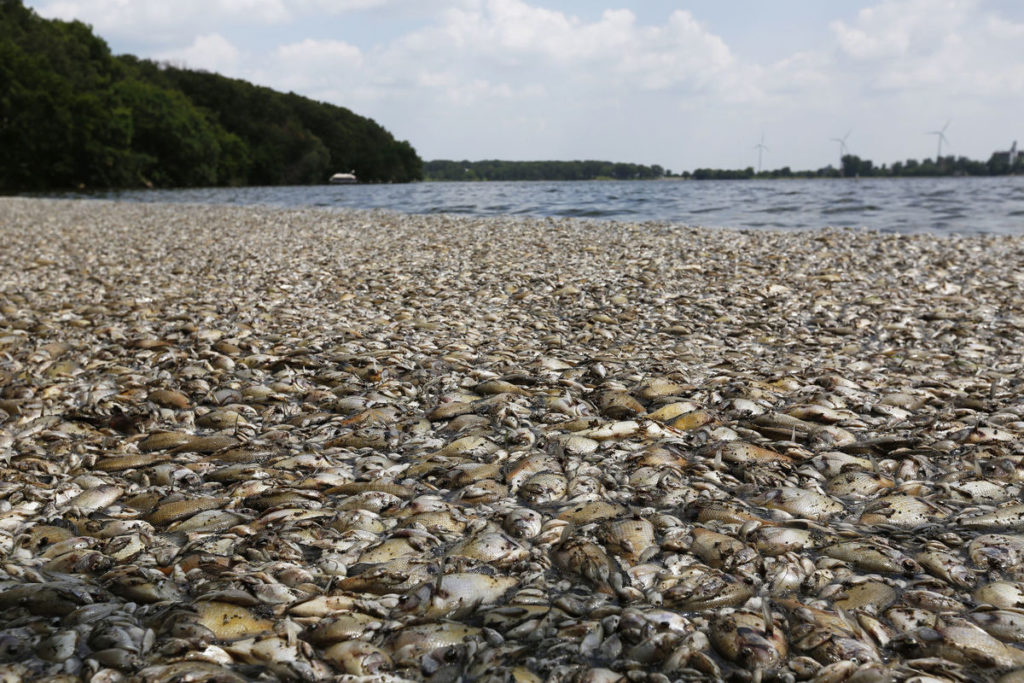

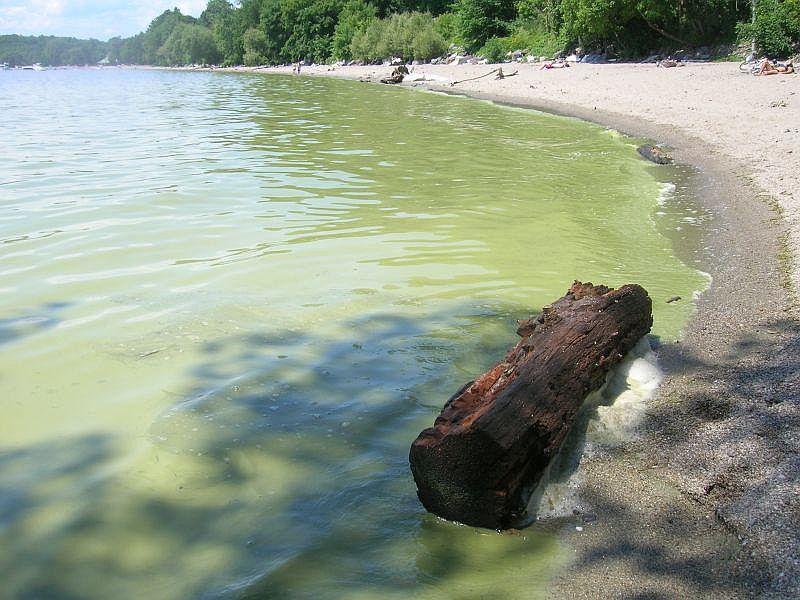
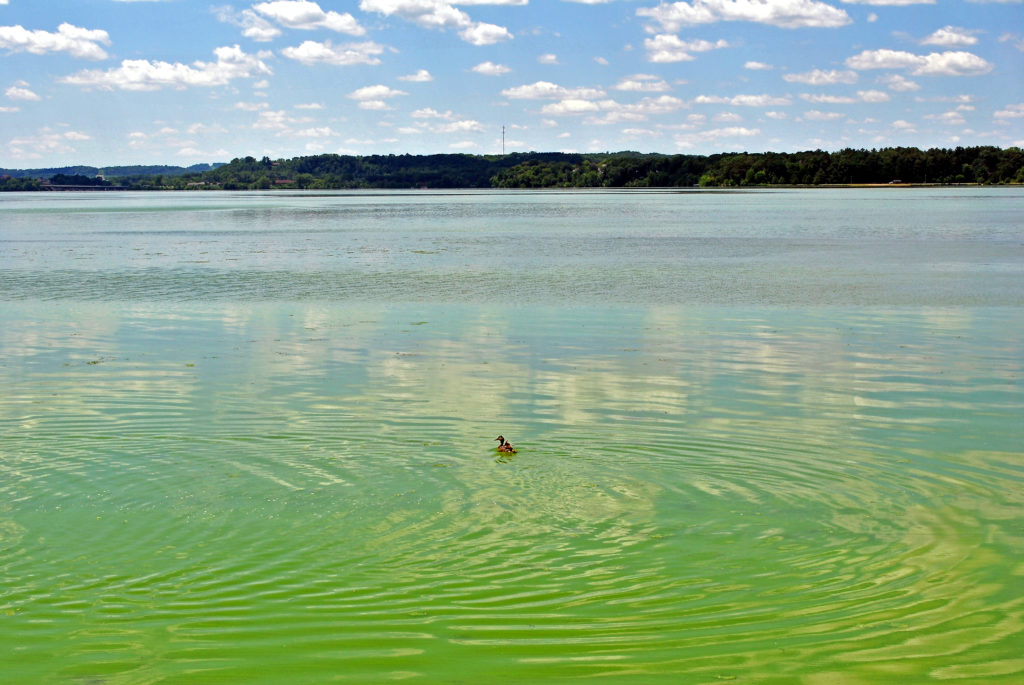




I would like to enroll.
Is anything like this exist in Colorado or in the planning stages of this same state?
I would do this in a heartbeat if it meant my sons and I had access to more land to bird hunt on or rifle hunt on. In Washington we have a tremendous amount of posting private land it makes this difficult. We have a master hunter program here in WA, but to my knowledge it does not include increased access to bird hunting.
Love this idea!! I would do this in a heartbeat if it were in my state of PA.
Fantastic idea. Lack of available land to hunt is a primary reason non-hunters give me when they indicate interest in hunting but haven’t made the first step. Especially in the eastern states (MO resident), where public land is available but in much smaller allotments than what is available in western states.
That being said, I have been fortunate enough to have taken many individuals on their first hunt on public land, and have sort of gotten their feet wet in the sport, enough at least to catalyze interest in further trips. Accessibility of additional private lands, commensurate with an increased awareness of how to treat the experience/land/landowner, would be a great bridge across the “I don’t have anywhere to hunt and public lands seem fairly packed with other hunters” gap.
Great idea!!